What are Insulated Boots? 3 Reasons You Must Consider Winter Work Boots
Insulated boots have an additional thermal insulation layer inside to protect your feet from low temperatures. The most common type of insulation is Thinsulate, a synthetic material that traps air molecules to retain heat.
For less extreme temperatures, insulated boots are rated by the insulation thickness ranging through 100g, 200g, 400g, 600g, and 800g.
At What Temperatures Do You Need Insulated Boots?

As a general rule, the higher the rating, the thicker the insulation, making Thinsulate rated at 800 grams feel like your feet are in a small furnace, regardless of the external temperature.
However, most companies state that you’ll be able to withstand temperatures of -20°F in boots with a 200g Thinsulate inside. A significant factor in deciding what temperature is low enough to justify wearing insulated boots is the activity you’re going to be doing.
The more work you’re doing, the more you move around, and the warmer your feet will be, making insulated boots that are 800g-rated a bit too warm for comfort. The most common insulation weight is 200g, rated at 30-40°F, meaning you’ll feel comfortable in all but the harshest conditions.
The JK Boots Arctic No. 1 is one of the best cold-weather insulated boots you’ll ever find and uses two weights of insulation to keep the cold at bay.
Built for rugged use in demanding conditions, the Arctic No. 1 has 400g Thinsulate on the lowers to make even freezing temperatures bearable. The 10” shaft has a 200g Thinsulate so that you’re warm but not overheating while working in cold, wet weather.
An insulated insole insert and incredible weatherproofing make the Arctic No. 1 a tough boot to beat. Part of insulating your feet is keeping out the elements from above and below. The thick, 8oz leather upper and lower, WhiteX sole, and excellent stitching all work together to keep whatever’s outside staying there.
If you’re dealing with extreme temperatures but not constantly on your feet, the JK Boots Arctic No. 2 uses a custom blend of Thinsulate that’ll remove any doubts about whether you can handle the cold.
Using the same quality materials as the Arctic No. 1, the hand-crafted Arctic No. 2 takes insulation to the next level. Full grain custom Thinsulate insulation, wrapped around an insulated neoprene footbed liner—this boot has the same impact on winter as the sandal had on summer.
Height Considerations
You should always wear boots you feel comfortable in, and many people prefer boots with shorter shafts as they feel less restricted. When it comes to keeping warm, a taller shaft, especially one that’s insulated, can make a massive difference.
Wearing ankle-high safety boots in sub-zero temperatures won’t give you the same protection or heat retention as a mid-calf boot. When winter comes, your boots will need to keep you warm for long periods outside, and the taller the boot, the better your feet and ankles will be protected.
3 Reasons You Should Get Insulated Work Boots for Winter

It’s an obvious answer, but keeping your feet warm isn’t the only reason to buy insulated work boots. As well as keeping warm, there are other reasons to consider insulated boots—some of them are arguably even more critical than keeping frostbite at bay.
1. Long-term Health Benefits
Insulated boots help regulate the temperature of your feet, which can be hugely beneficial if exposed to extreme temperatures for long periods. Having cold feet isn’t just uncomfortable—it can affect your long-term health.
The cold can affect your circulation, which can lead to nerve damage that becomes unbearable. In sub-zero temperatures, you’re risking frostbite and even risk life-changing injury. By wearing insulated boots, you’re regulating your temperature, reducing or even eliminating the long-term effects of working in winter.
In the shorter term, your arms and legs are the first parts of your body to suffer from sudden temperature drops. Hyperthermia can sneak up on you, leaving you feeling sluggish and ultimately unable to work properly or safely.
A quality pair of insulated winter boots aren’t just an investment in comfort and stability. They’re often as crucial to your health as any other tool you’re likely to use.
2. Improved Safety Features
An insulated boot is more than just a way to keep your feet warm. There is the added benefit of the dielectric properties that insulation brings.
Where most EH-rated work boots are only suitable for dry conditions, a quality pair of insulated boots with rubber soles and weatherproof insulation can protect against electric shocks in wet and snowy conditions.
Electricity can be fatal regardless of the conditions, and the only surefire way to protect yourself from earthing an electric current is to wear dielectric boots. The higher shaft on a winter boot is insulated, too, protecting your ankle and lower leg from live cable.
One of the most common failings of boots is needing more grip when working in icy conditions, but an insulated winter boot rarely has this issue. Built to cope with the cold and adverse weather, the sole is thick, well insulated, and should provide excellent grip.
The last thing you want when working in winter is to be sliding around. You need the security to be stable on your feet. A wedge sole boot will feel like an ice skate in winter, whereas a heavy-duty winter sole will have you moving freely regardless of ice or snow.
3. Moisture Control
Working hard outside will soon warm you up, even in freezing temperatures. That can result in sweating, which, in freezing conditions, can cause serious problems. After sweating, if you allow yourself to cool, the sweat evaporates, which can quickly lower your body temperature.
It’s essential to regulate your temperature—insulated boots can help keep moisture away from your body. The ability to wick away moisture keeps your body at a steady temperature, reducing the risk of hypothermia through sudden inactivity.
Sweaty feet can soon suffer from blisters or even frostbite, and a pair of boots with no insulation won’t be able to cope with the sudden drop in temperature, making any sweat on your feet instantly evaporate. You’ll know when it happens—you’ll feel like your feet were dunked into an ice bucket.
Insulate against the Elements

Buying insulated boots for winter is a must, thanks to their many advantages. If you’ve held off because you can handle the cold, you’re not seeing the extra benefits that insulation can bring.
Insulated winter boots don’t just keep the cold out—they keep the temperature steady, which is often even more important. Add in the excellent dielectric benefits that insulated boots provide, and the question should be, why haven’t you bought insulated winter boots yet?
The JK Boots Arctic No. 1 is an absolute winner for durability and performance. Able to handle freezing temperatures and shocking weather, they provide the grip of a mountain goat and the insulation and dielectric properties that will keep you safe and working, no matter the weather.
FAQs
What is the difference between insulated and non-insulated boots?
Aside from the obvious, insulated boots are warmer, there’s the ability to regulate heat and moisture loss when wearing insulated boots. Non-insulated boots are also unable to be dielectric, though they can still be EH-rated for dry conditions.
Are insulated boots good for winter?
Insulated boots are excellent for winter conditions, though they can be perfect for even milder conditions too. As well as protecting you from the extreme cold, insulated boots are often weatherproof, making them ideal for wet seasons. In winter, they excel at protecting you from the cold and overheating and can even regulate moisture loss.
Will insulated boots make your feet sweat?
Poor-quality insulated boots can cause your feet to sweat if they’re made of materials that don’t wick away moisture. There has to be a trade-off between keeping warm and potentially sweating, but many insulating materials still allow your feet to breathe. Wearing moisture-wicking socks will also reduce any sweating issues.

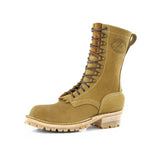


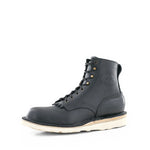
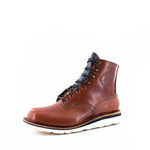
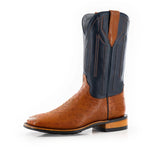
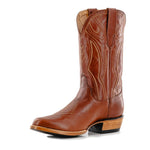
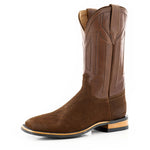



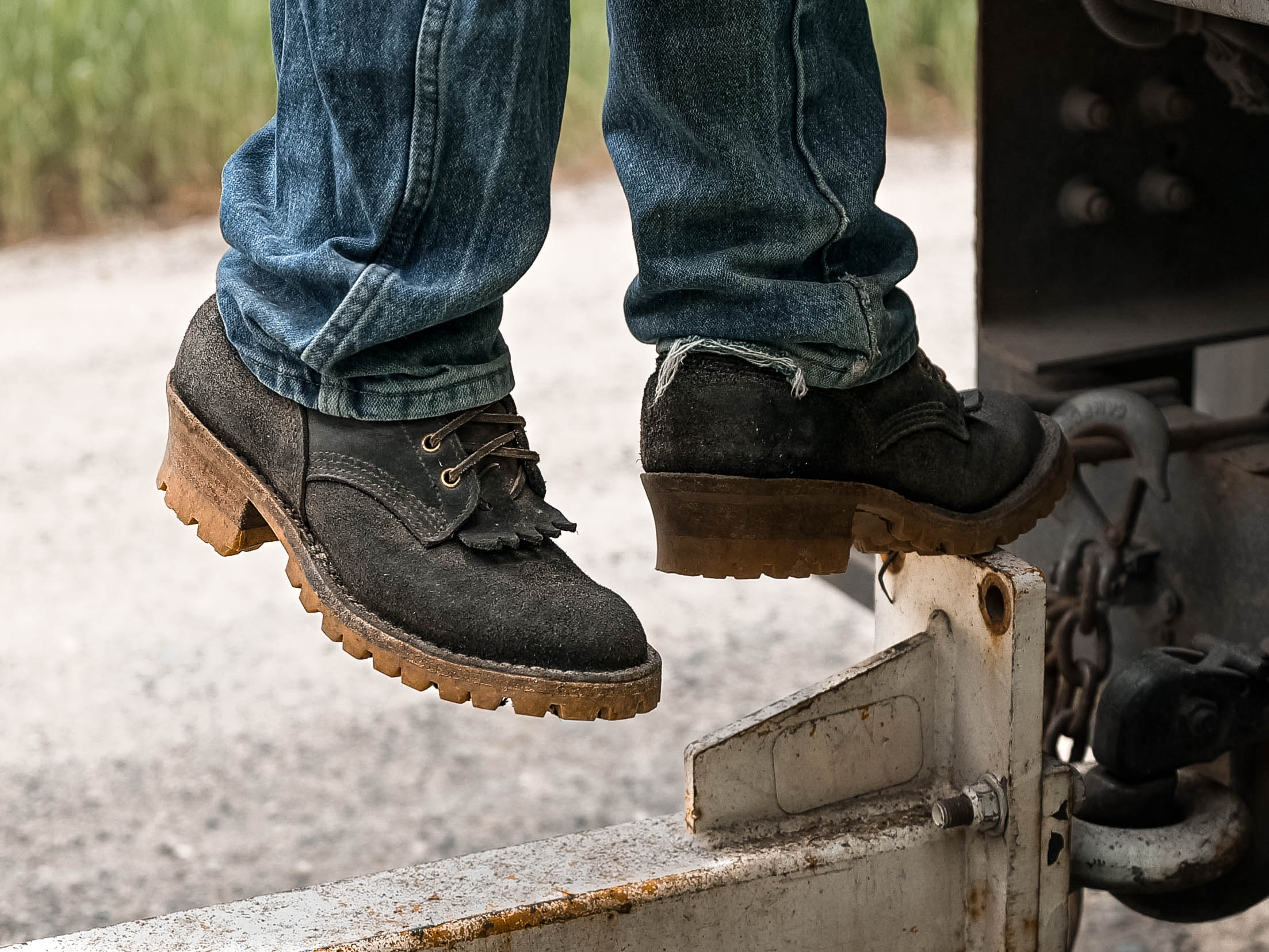
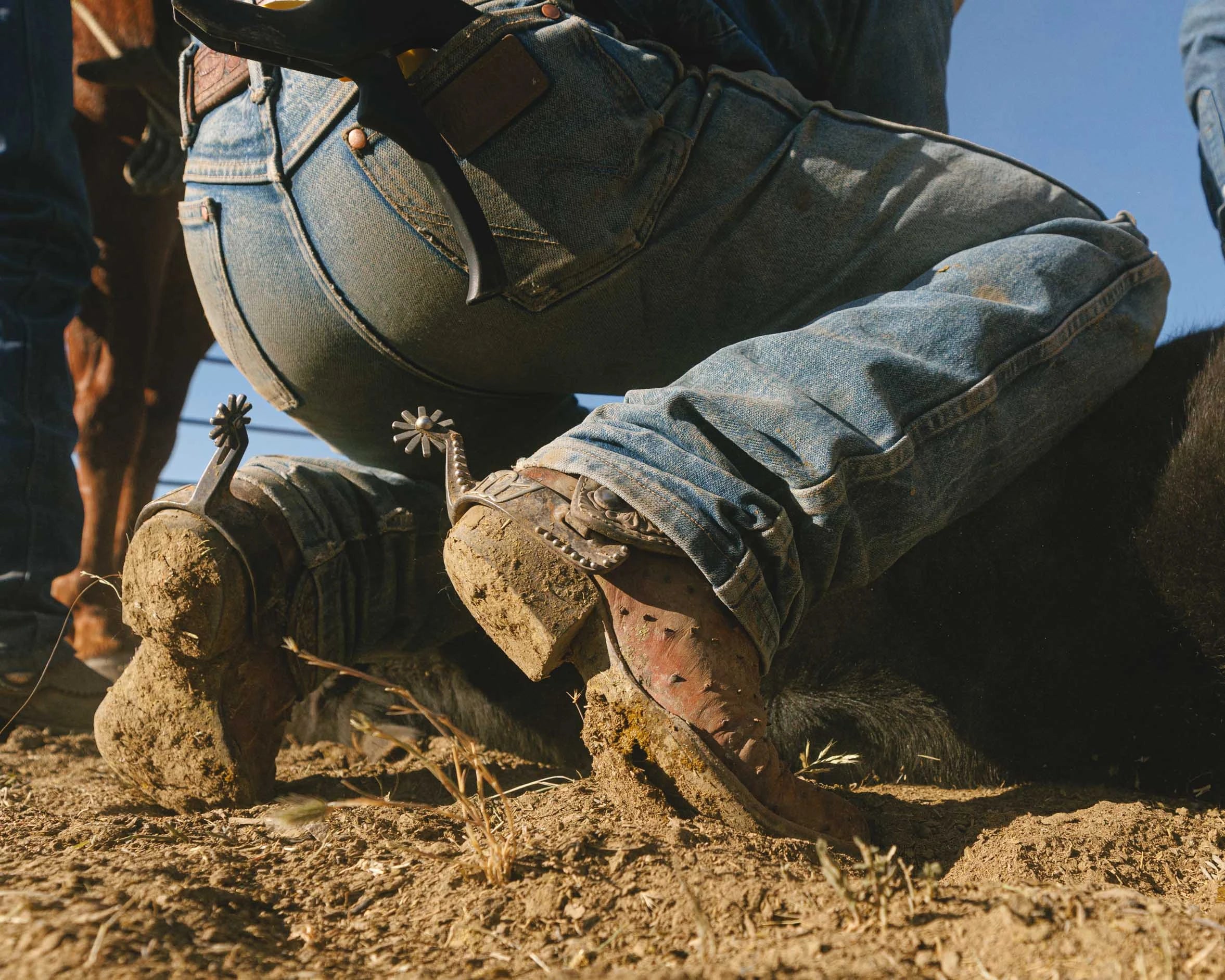

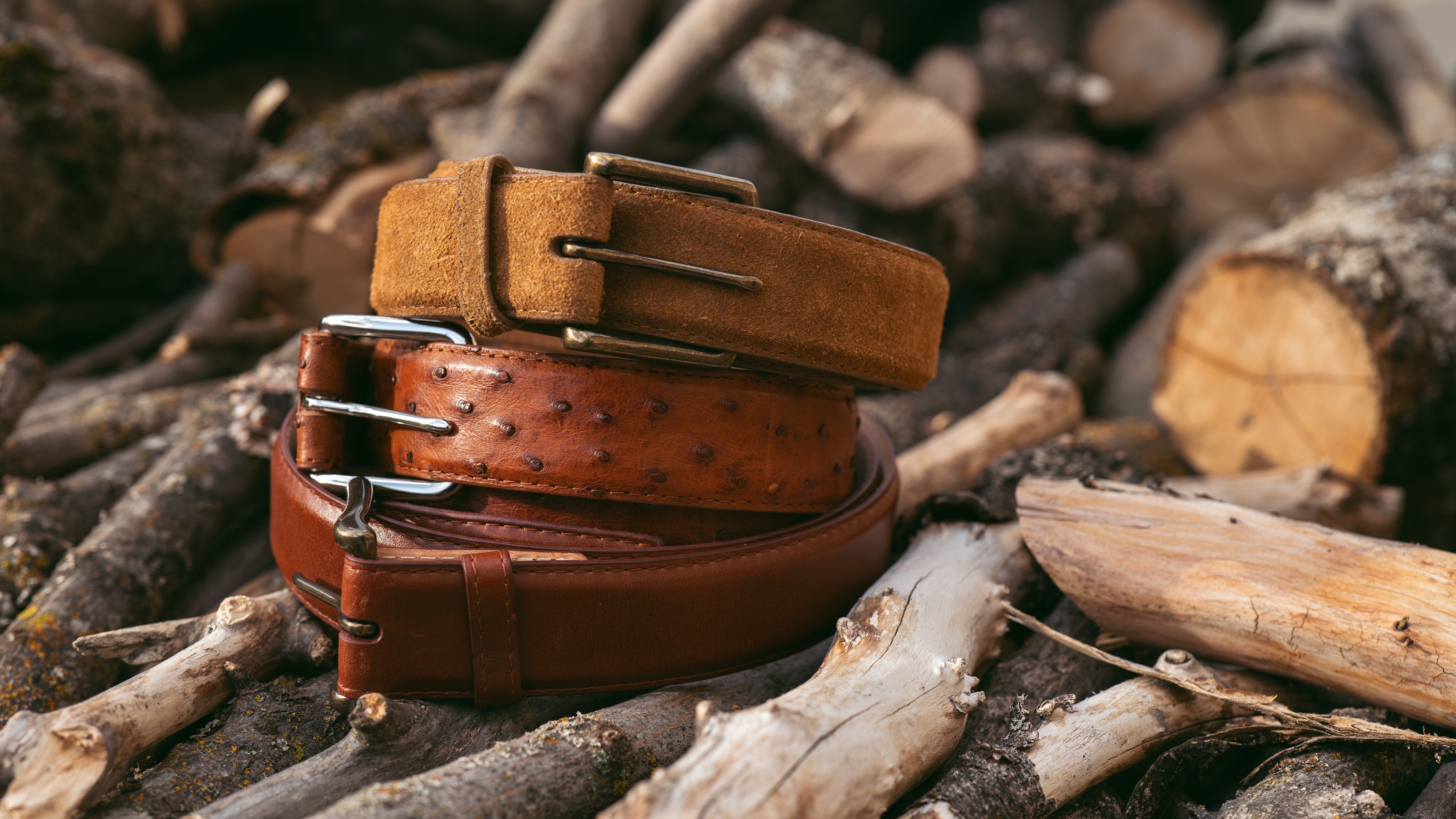

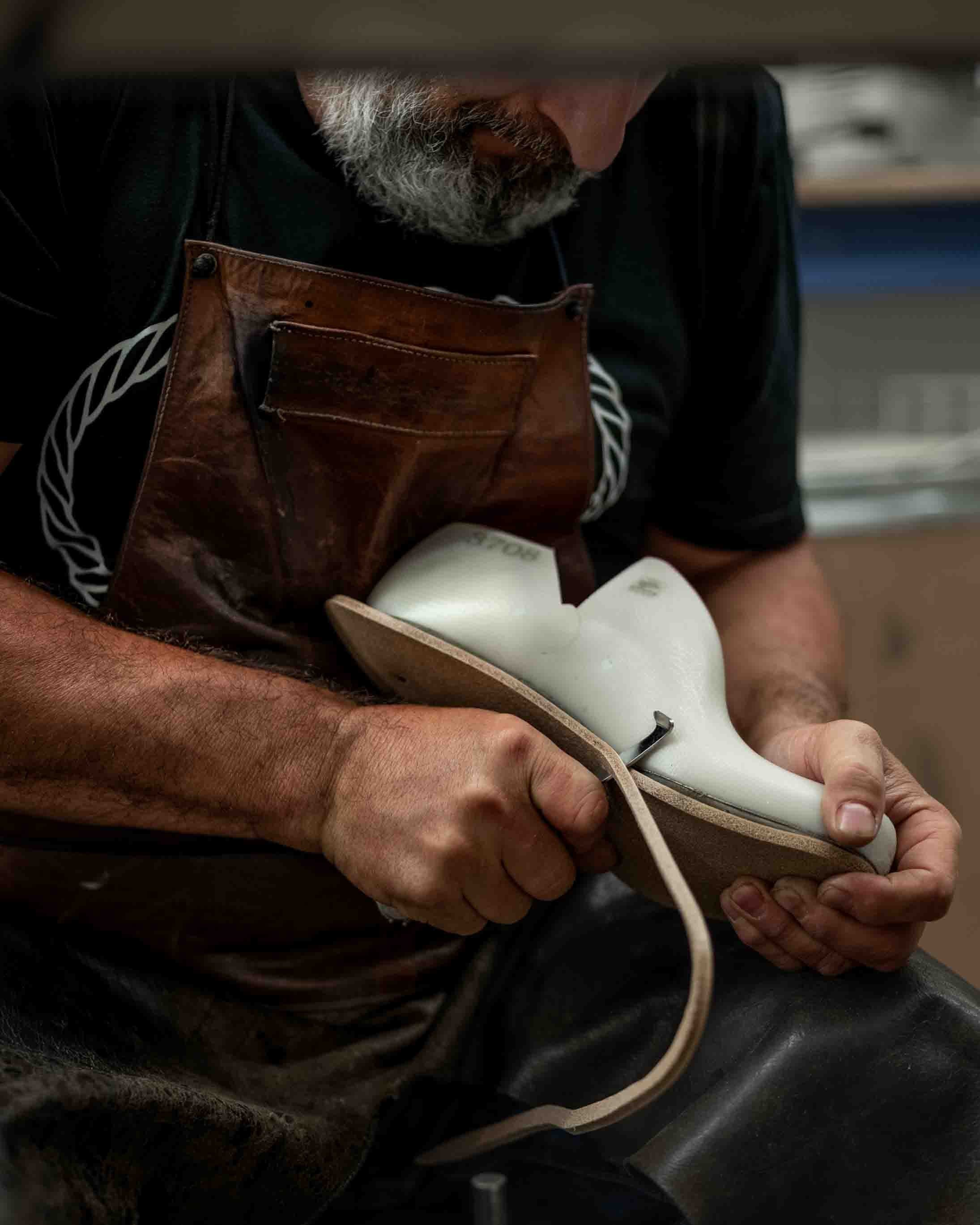

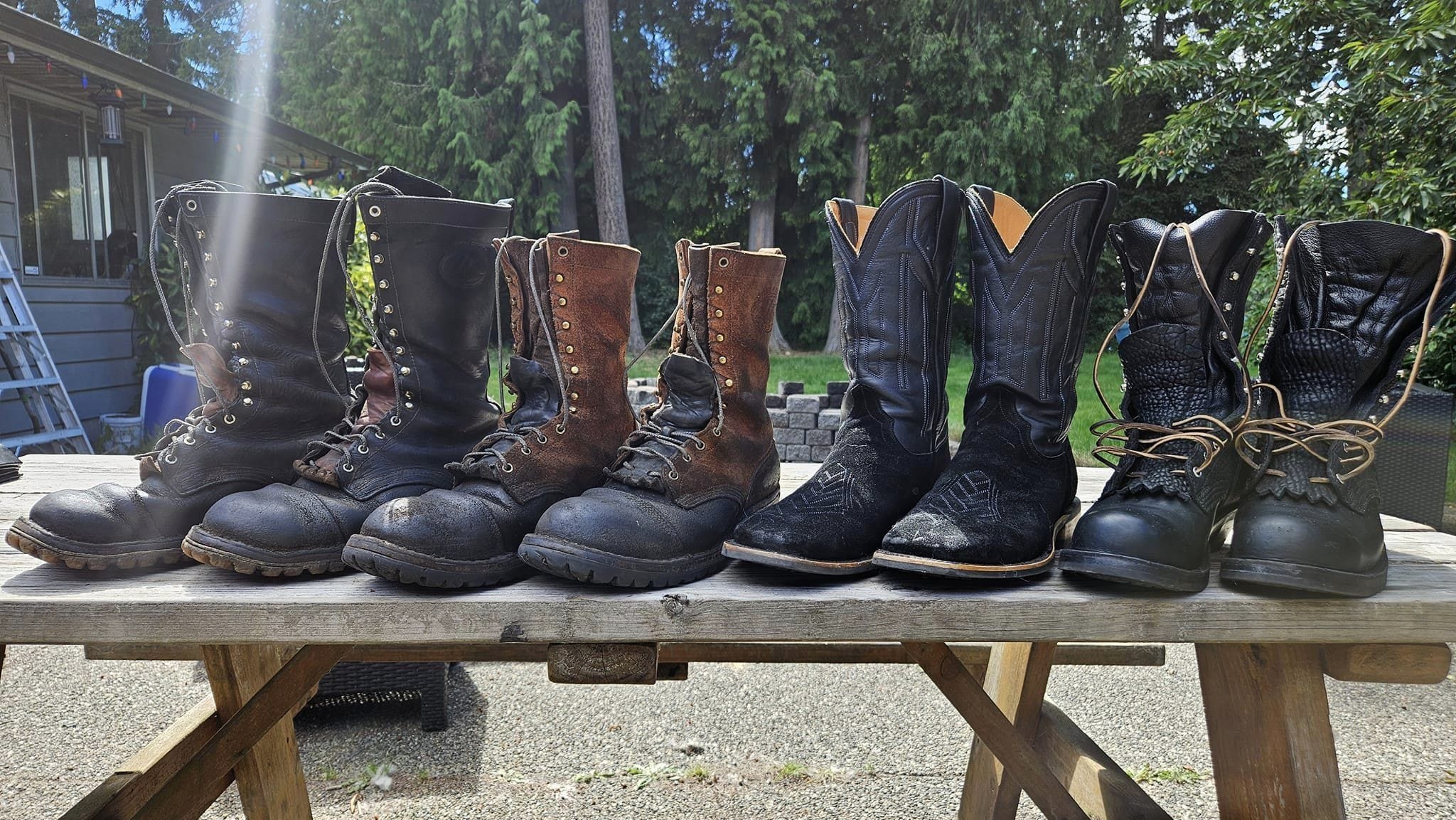
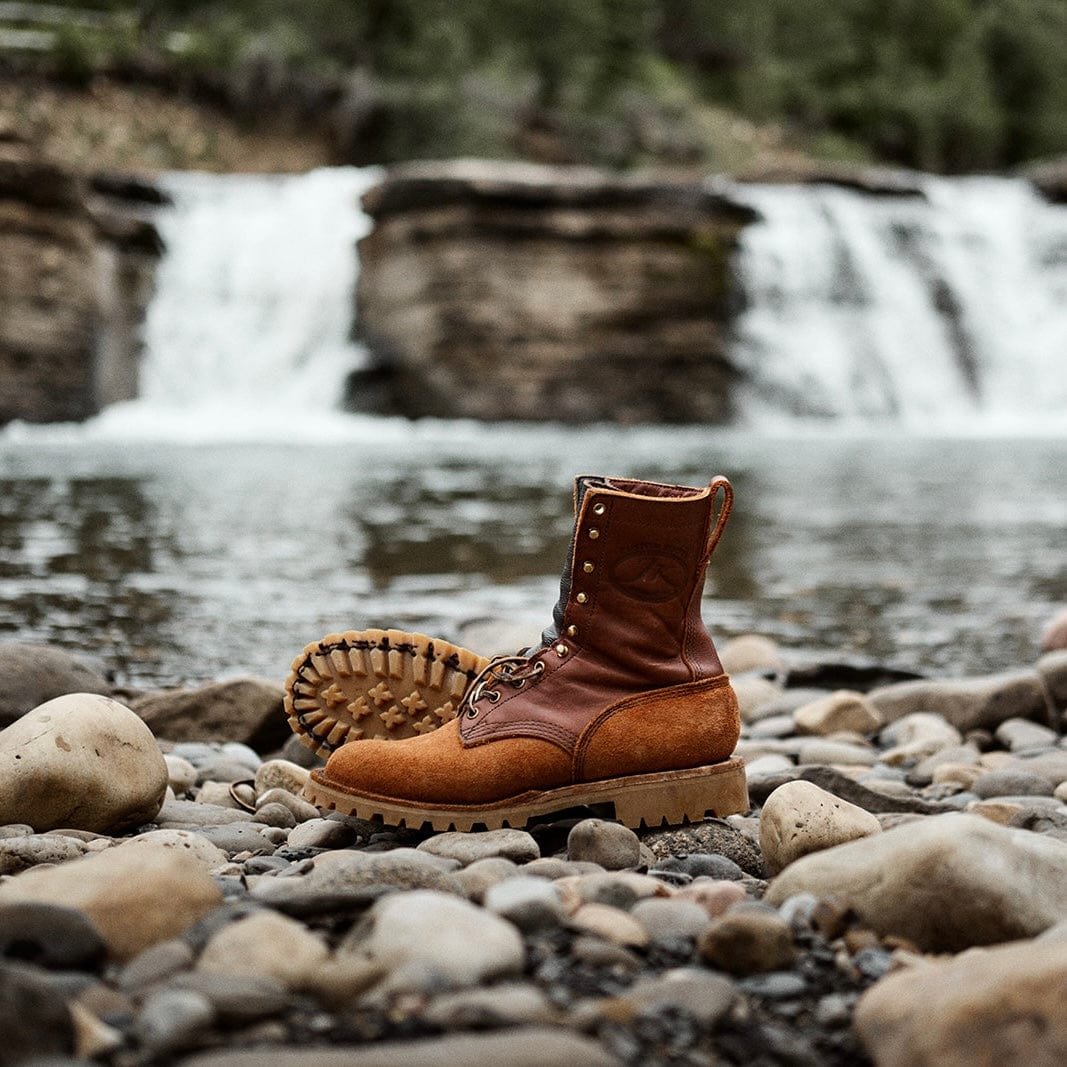
How are your boots designed are they Goodyear welted direct attached cement construction and the US have any boots for guys that work like me outside in northwest Ohio weather and I need to have 800 to 1,000 g of insulation I really bad neuropathy and I’m not even 40 yet I turned 40 in 2 months.
Where in Canada Toronto or in USA Baltimore can I get 800g+ insulation in-person inside my shoes.
Your advice regarding 200g thinsulate is not accurate. I live in northern Minnesota and I can assure you that when it’s -20 outside, 200g doesn’t cut the mustard.
Leave a comment